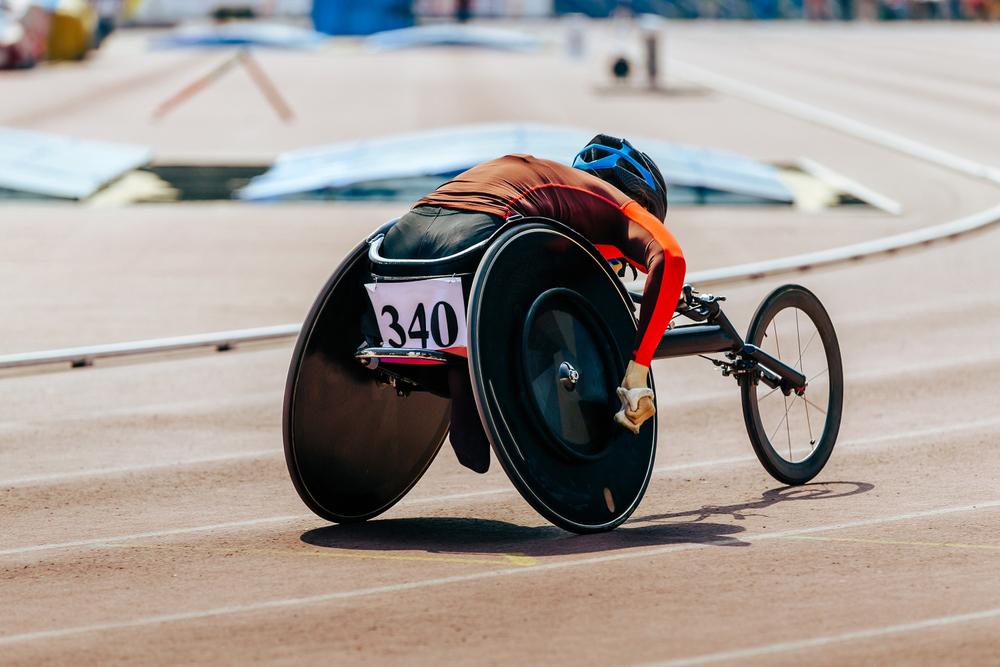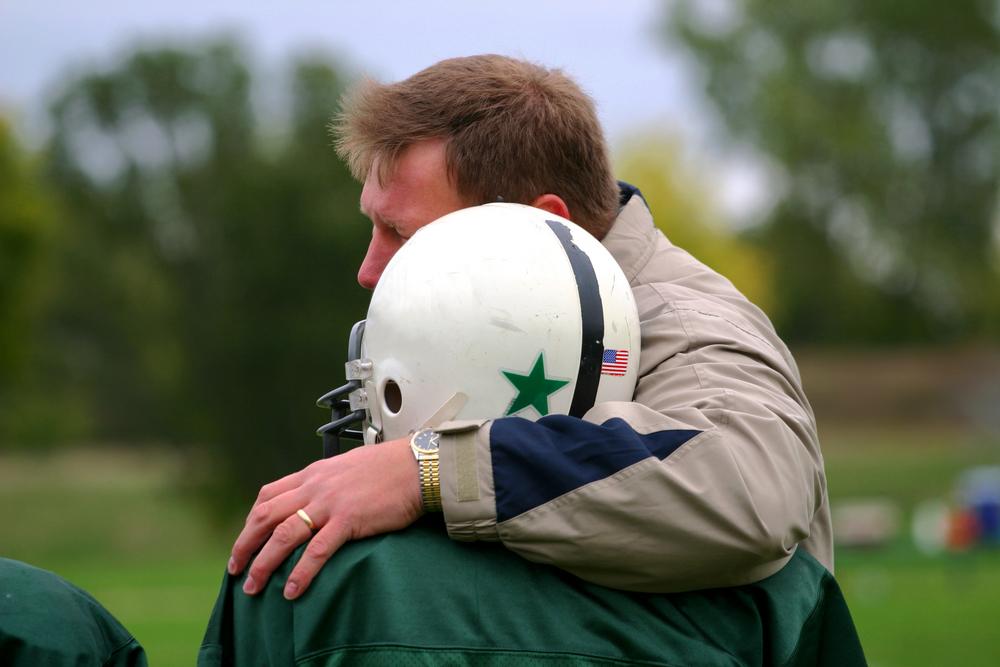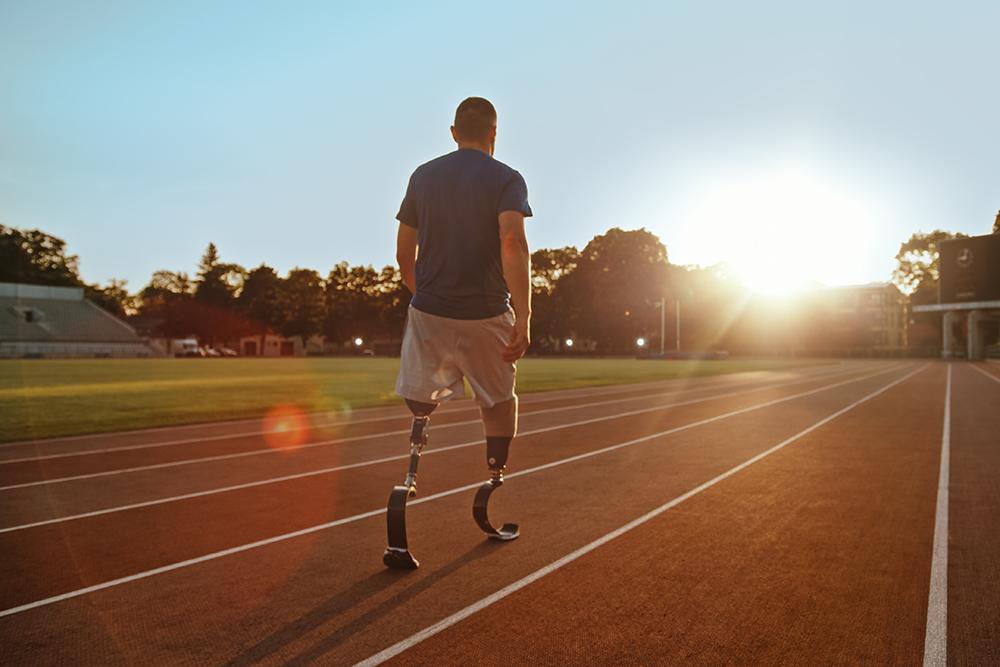 Serious student-athletes are being pulled in so many directions now: from academic responsibilities, to school and club sports with seasons that often overlap. Everyone wants those teams to do well, but this can often come at great cost to the student-athletes, who may encounter burnout, overtraining, and mental stress from trying to juggle multiple teams at the same time.
Serious student-athletes are being pulled in so many directions now: from academic responsibilities, to school and club sports with seasons that often overlap. Everyone wants those teams to do well, but this can often come at great cost to the student-athletes, who may encounter burnout, overtraining, and mental stress from trying to juggle multiple teams at the same time.
As a coach who focuses on collegiate sports, Celia Slater, former college basketball coach and Founder of True North Sports, often sees athletes coming to college burned out from trying to balance club and school sports. Here she explains how coaches can work together to create stronger, more resilient athletes by sharing the training load, not doubling (or tripling) it.
Don’t force them to choose
“We shouldn’t put student-athletes in a position where they have to choose,” says Slater. “We should be creating systems that support the student-athlete and what he or she wants to achieve in sport.”
It is more work — you’re going to have to individualize plans, communicate more with other coaches and talk with parents and athletes more. It might mean relaxing the rules on the number of practices required or working with another coach to create a cohesive strength-training and interval routine. But ultimately, if the goal is to create great athletes versus simply stake your claim on them, extra time and considerations need to be given so they know they can play for both teams.
Create lines of communication between coaches, parents, and the athlete
Right now, you may be relying on the athlete to tell you what their other practice and competition schedule looks like, but that doesn’t always work. High-achieving athletes will feel the need to try to satisfy both coaches, and as a result, may end up doubling up on practices, or not telling you that they already did a lifting session or interval workout that day for their other coach.
“Talk to the other coach and come up with a plan that’s healthiest for the individual athlete, which also means including the athlete and their parents in creating a schedule that works for everyone,” says Slater. Make sure it’s clear that communication is necessary and expected. An athlete should feel comfortable talking to you anytime, not just at the start of the season.
Think critically about your values overall
“Are the policies on your team in the best interest of the team or of each athlete?” asks Slater. You may have unintentionally created policies that force athletes into unhealthy situations.
“Athletes are getting pulled in two directions, and eventually, they’re torn in half and will quit, or will pick one or the other. Look closely at your policy and culture and see how it aligns with the values of creating healthy, happy athletes,” she adds. Again, that might mean that your current hard line policy of ‘no missed practices the week before key games’ may need to be relaxed in certain circumstances.
Focus on teaching self-leadership
Ultimately, most student-athletes won’t go on to become professional players, but no matter what skill level they have at sport, you can support their ability to succeed in life. “Student-athletes get sport skills at an alarming rate but often miss skills like self-awareness that they need to get through college and life,” Slater explains.
“You have to teach athletes to lead themselves for success later in life. We underestimate how difficult that transition can be, and don’t teach it.” This might mean letting a student athlete create her own schedule of practice, it might mean assigning more leadership rolls, or asking for a certain type of accountability. Remember that the goal of sport at a young age is about creating good people, not just good athletes.
Keep a close watch for signs of burnout
“Many athletes pulled in different directions by club and school teams end up quitting by college,” says Slater. “I think very few of these kids who go through club and school sports get to college and don’t want to play anymore, they just want to finally relax.”
This is avoidable: Be on the lookout for signs of burnout.
Slater adds, “Generally speaking, coaches need to be able to see if an athlete is having a high anxiety level, is depressed, isn’t enjoying the sport anymore.” Those signs may indicate that the athlete needs to take a break from one team, or to cut down on practice or play time.
_____
Whether an athlete is on a school team, a club team, or both, it’s a coach’s job to help create a healthy environment for all athletes. To develop happier and healthier student-athletes, it’s important to let them play different sports and learn how to balance their interests in a safe, effective way.



